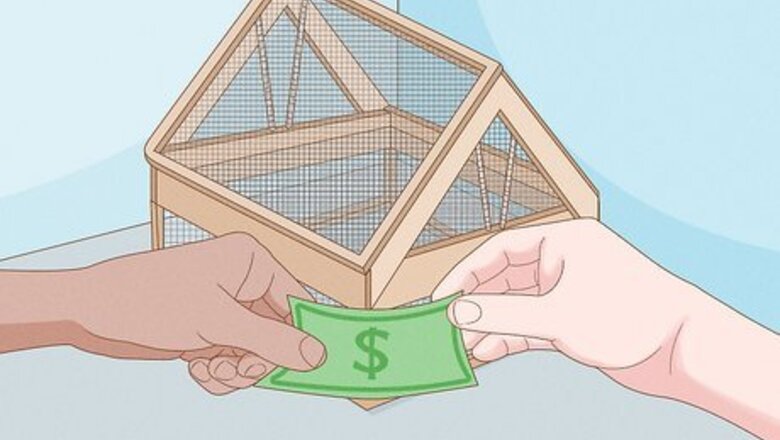
views
What kind of trap is best for catching a hawk?

Purchase a Swedish goshawk trap. There are many kinds of hawk traps available for use. However, the Swedish goshawk trap is the best option for inexperienced hawk trappers. This trap allows you to humanely capture a hawk without injuring it or tangling its legs up in a noose. Additionally, you only need to check these traps a few times a day. Other kinds of traps need to be constantly monitored. A bird that is left in any other kind of trap is easy prey for another predator. These traps can be purchased online or built under the supervision of an experienced falconer. Look online to find a falconer in your area.
How do I use a trap?
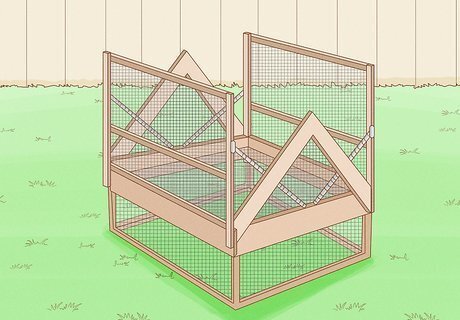
Once you’re ready to catch the hawk, set out the trap. It's made up of a bait cage, which will lure the hawk in, and then a separate cage inside where the bird will stay once trapped. Next, place the trap in an area that the hawk frequents. Make sure the trap can be viewed by a bird in flight. If you place it under a tree or shrub, the hawk may not see it. Make sure the trap is easily accessible. You will need to check the trap often. Plan to relocate the bird as soon as it’s caught. If you won’t have time, don’t set out the trap.
Should I use bait to attract a hawk?
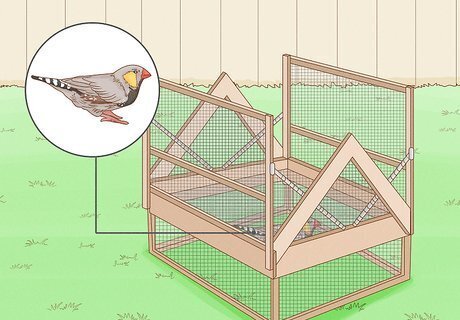
Bait is a great way to draw the hawk towards your trap. Use pigeons, starlings, sparrows, zebra finches, or mice to attract hawks. If necessary, you can use grasshoppers. However, grasshoppers are not very tempting to larger birds. Refer to the manufacturer’s instructions to find out how to place the bait in your trap. Most goshawk traps have “bait boxes” that protect the bait from the hawk. After catching the hawk, you can release the bait if you’d like.
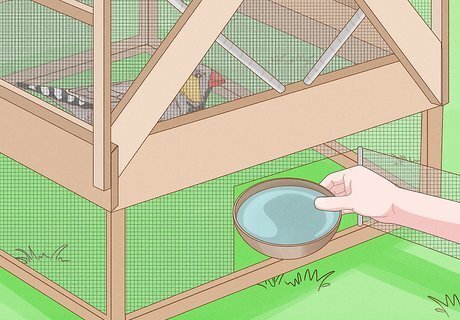
Check the trap often to see if you need to replace the bait or water. The trap needs to be checked at least twice a day. The Swedish goshawk trap will protect the hawk from other predators. However, the bird can still become dehydrated or overheated if it’s left alone for too long.
What do I do once I’ve caught the hawk?
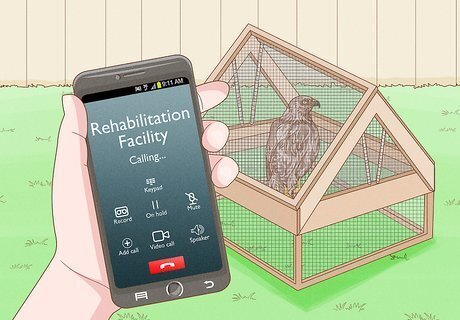
Consider calling a licensed rehabilitation facility. There are many raptor rehabilitation facilities that will happily pick up and release any hawks you catch. Do an internet search to find one in your area. Even if they’re too far away to come get the bird, they will be able to give you valuable tips on where to release it. If you can take the bird to the rehab facility, place the bird in your car and drive it to the facility.
How do I relocate a hawk that I caught?

Put the hawk safely in your car. When you relocate a hawk, you give it a new place to hunt and build nests. However, you need to drive at least 20 miles (32 kilometers) away from your home before releasing the bird. Otherwise, it will return to its old hunting grounds. Cover the trap with a blanket to block out any light. This will help keep the bird calm as you move it. Next, carefully lift the trap and place it securely in the trunk of your car. Turn on the air-conditioning as hawks can overheat easily in small spaces. If your trunk isn’t big enough for the trap, place it on a seat. Use a seatbelt to secure it. Lay a thick towel down under the trap to protect your car from bird droppings. If the hawk is injured, immediately take it to a raptor rehabilitation center.

Release the hawk. Set the trap in a secluded area. Remove the cloth from the top of the trap and carefully open one of the doors. Stand away from the trap to allow the bird to leave at its own pace. Don’t leave until the bird has left the trap. Wear thick gloves to protect your hands while you open the trap. If the hawk refuses to leave the trap, it may be dehydrated or sick. Call your local raptor rehabilitation center for advice.
Can I catch a hawk for a pet or for falconry?
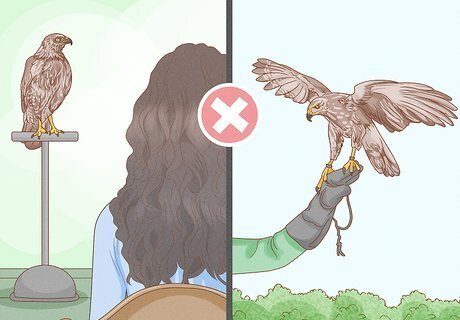
Don’t catch hawks as pets. Hawks are wild predatory birds and do not make good pets. It costs thousands of dollars a year to properly care for and house a hawk. Additionally, in some countries, you need a permit to catch hawks. When you obtain this permit, you will be asked to provide your reasons for catching a hawk. If you catch a hawk without a permit, you may face severe legal consequences. For example, in the U.S. you can get six months in jail and a $15,000 fine for catching a hawk without a permit.
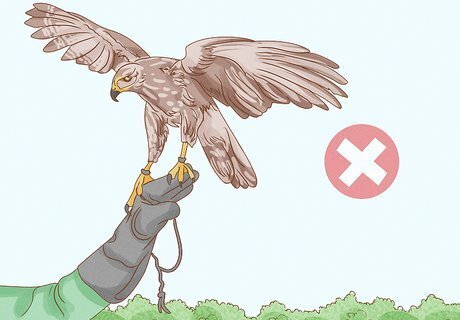
Avoid catching hawks for falconry. There are strict rules surrounding the capture and release of hawks for falconry. Only experienced, licensed falconers can catch hawks for this purpose. These falconers have completed a year-long apprenticeship and obtained several permits in order to catch falcons. If you’re interested in becoming a falconer, look for local falconry groups in your area. These groups will help you find an apprenticeship with an experienced falconer. Once you have an apprenticeship, the falconer will help you catch, house, and train hawks.
Do I need a permit to trap a hawk?
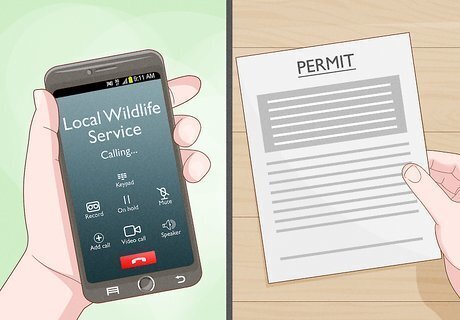
Yes, many countries require permits to trap and relocate hawks. These permits can be expensive and often take a lot of time to obtain. However, if you don’t get a permit before catching a hawk, you may face severe fines or jail time. To obtain a permit, contact your local wildlife service. For example, if you catch a hawk without a permit in the US, you can face six months of jail time and a $15,000 fine. It is also illegal to harm a hawk, so don't shoot or otherwise hurt one in an attempt to get rid of it.
















Comments
0 comment